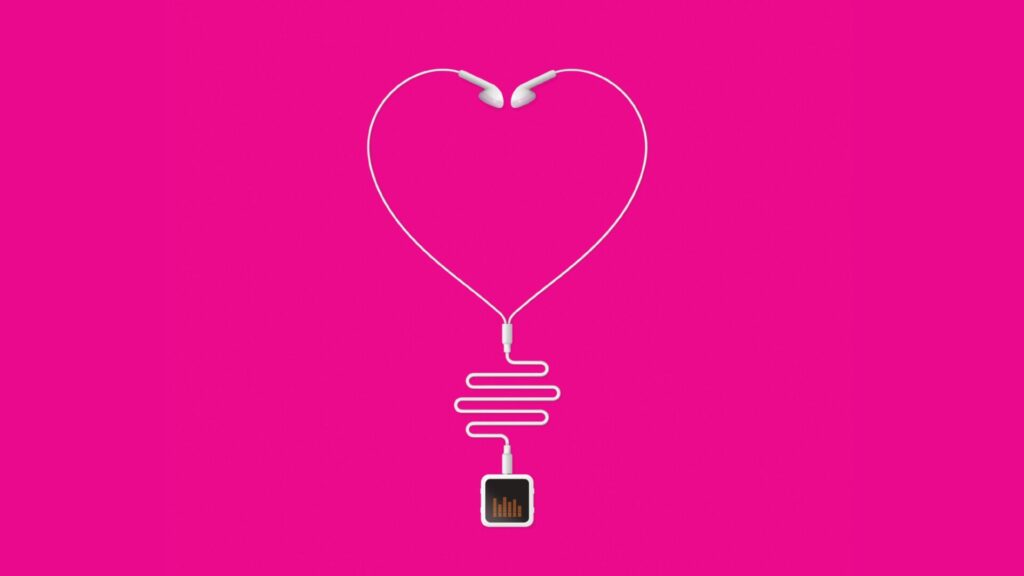I can’t believe I’m here,” I whispered, slowly shaking my head in wonder.
My brother and I had already spent a week travelling through Argentina and Chile. Yet it wasn’t until this moment, staring up at the Three Towers in Patagonia’s Torres del Paine National Park (pictured above), that I fully realised we were on a great adventure.
The rocky peaks were simply spectacular. A glacier-blue lake at my feet and the moan of the mountain wind only added to the grandeur of the scene.
The silence among the hikers was just as moving. Some were understandably out of breath following the three-hour climb up to the Towers. Others appeared to be solely focused on staying warm; their faces hidden beneath layers of winter clothing. As for me, I’d like to think places such as this simply evoke in us a special kind of reverence.
And to think this was just Day 1 of our trek. Over the next five days that same sense of awe would take hold of me time and time again. It got to the point where, at certain spots along the trail, I would extend my arm and stare at my hand, then at the backdrop, just to check I was actually there.
As I sat in silence looking up at the Three Towers, a simple thought, or perhaps it was more of a prayer, came to mind.

Thank You, Lord, for making me feel so incredibly small.
Those who know me might say I should be used to this feeling. Up until mid high school I was the shortest person in my year level. During my first couple of years with the Lilydale Adventist Academy (now Edinburgh College) choir and band, I had to play my trumpet while standing on a box, just so I could see our conductor.
I’m not complaining; it’s not half bad being somewhat of a halfling. You can stay under the radar when you’re short, which is useful when you’re playing sport or needing to make your way through crowded spaces. It’s also more cost effective, with smaller people eating less and occasionally shopping in the kids’/youth section of clothing stores.
Even so, if people could choose, they wouldn’t choose “small”. When it comes to stature, salary or stuff in general, I think most of us really do believe “bigger is better”, even if we’re not willing to admit it out loud.
Nobody wants to be told they only had a minor part to play in the success of the company or sports team. We also hate being belittled or treated as insignificant. And rightly so; no-one has the right to make another person feel inferior.
To be small, though, isn’t a bad thing. In fact, for those who have accepted Christ, it’s a prerogative. John the Baptist understood this very well when he declared, “He must become greater; I must become less” (John 3:30, NIV). Paul too understood the Christian call to lowliness. Once a big-shot within the Jewish community, Saul was given the name Paul (meaning “small” or “humble”) upon his encounter with Jesus. He accepted this new identity to the fullest, labelling himself as the worst of the apostles and embracing his physical and spiritual limitations.1
“I will boast all the more gladly about my weaknesses, so that Christ’s power may rest on me . . . For when I am weak, then I am strong” (2 Corinthians 12:10, NKJV). [pullquote]
There is power in lowliness. Before he could become “the greatest of human teachers”2 , Paul had to be made small. South African minister and writer Andrew Murray described humility as “the only soil in which the graces root . . . because it alone takes the right attitude before God . . . [Humility] is simply the sense of entire nothingness, which comes when we see how truly God is all, and in which we make way for God to be all.”3
Staring up at the Three Towers in Patagonia, I was reminded of who I was in the grand scheme of things: a very small man, seen and saved by a very big God.

It would be so easy for me to end the article with that (I like neat and tidy). Doing so, though, would seem a little dishonest. A year and-a-half removed from my mountaintop experience in South America, I confess I am struggling to keep God as the focal point of my life. As I write this, that incredible feeling of smallness eludes me. It’s hard to look up when your head is down and focused on work, study, exercise, relationships and other life stuff.
And so, instead of a bow to conclude this piece, I offer a head bowed.
Lord, make me small enough so I can once again experience how BIG You really are.
Linden Chuang is assistant editor (digital) for Adventist Record. October 28 marks Creation Sabbath for the Seventh-day Adventist Church. You can find online resources at www.creationsabbath.net.






